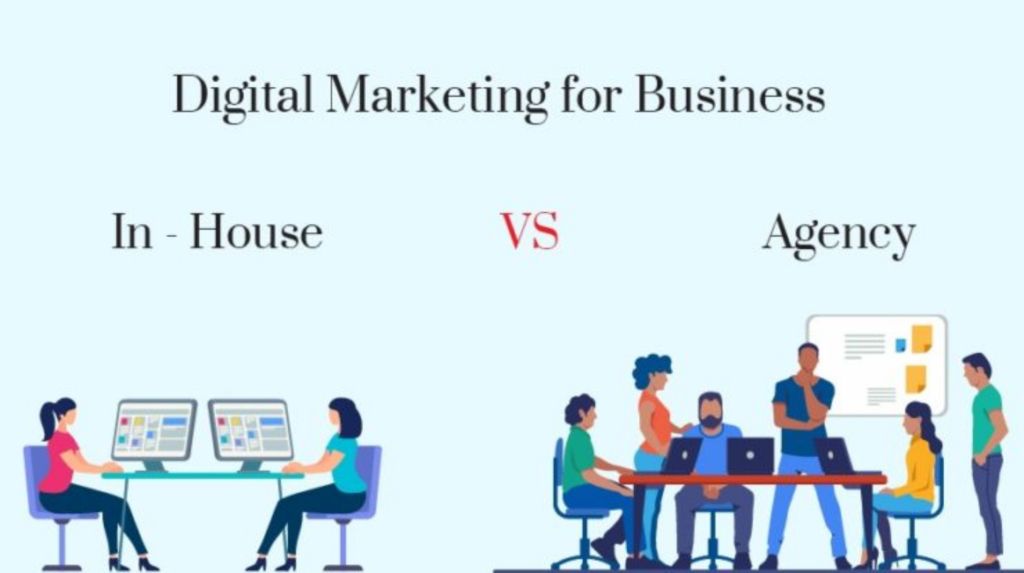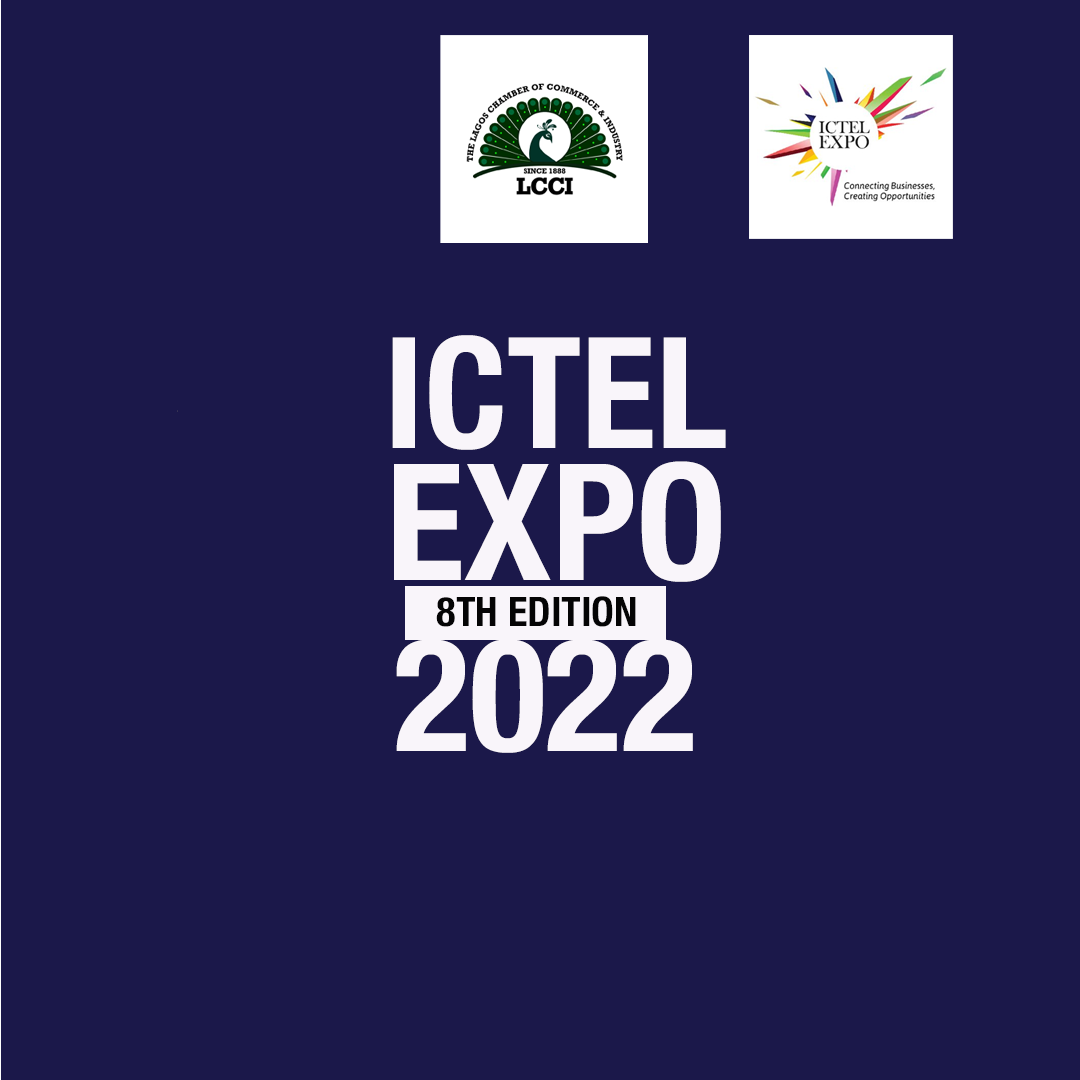By Joseph Ekeng
In a recent and comprehensive study conducted by the World Federation of Advertisers (WFA), collaborating with The Observatory International, significant insights into the landscape of in-house agencies have emerged, challenging earlier reports suggesting a decline in this model. The findings not only defied the notion of a slowdown but underscored a robust 16% rise in the prevalence of in-house agencies since 2020 among major multinational brands.
Recall that recently, Scopen, an international communications and marketing consultancy published a report, stating that in-house marketing model was on the decline. But WFA and The Observatory International disagreed with the findings.
Current Landscape and Growth Trajectory:
The study by WFA revealed that a substantial 66% of major multinational brands now house in-house agencies, signifying a noteworthy increase from the figures recorded in 2020. Furthermore, an additional 21% of brands were actively considering the establishment of their own in-house agencies. The surge pointed to a growing trend among major players to internalize essential marketing functions.
Strategic Capabilities and Internal Expertise:
A notable revelation from the study is the growing prominence of strategic capabilities within in-house agencies. A staggering 70% of respondents reported possessing strategic capabilities in-house, spanning crucial areas such as brand, creative, and media. This shift marked a significant departure from the traditional reliance on external agencies for these strategic functions.
This internalization of expertise not only reflected a maturation of in-house agencies but also underscored the increasing confidence major brands have in their ability to handle core marketing functions internally.
Future Expansion and Shifting Dynamics:
The study provided a forward-looking perspective, indicating that the trend toward in-house agencies is set to continue its upward trajectory. Over the next three years, 56% of respondents expressed their intention to move more digital production from external agencies to in-house operations. Additionally, 33% of respondents were planning to shift more offline production in-house, marking a dynamic shift in the balance of responsibilities between in-house and external partners.
Online Planning and Buying as Growth Catalysts:
One of the standout trends identified by the study is the anticipated growth in online planning and buying within in-house agencies. An overwhelming 83% of respondents expected to handle some social media buying in-house over the next three years, a significant increase from the current 37%. Similarly, 67% of respondents planned to add social media planning to their in-house capabilities, up from the existing 48%.
Digital media planning and buying tasks also featured prominently in this anticipated growth, with 50% of respondents expressing the desire to take on these responsibilities internally. This shift highlighted the evolving nature of marketing channels and the strategic role in-house agencies play in navigating this landscape.
Hybrid Approach and Collaboration with External Agencies:
While the study underscored the growing prominence of in-house agencies, it also acknowledged the continued collaboration with external agencies. This hybrid approach ensures that brands can maintain flexibility and access specialized expertise when needed. The study revealed that despite having in-house capabilities, brands continue to engage with external agencies, particularly during periods of increased workload or when specialized skills are required.
This collaborative model allows brands to leverage the strengths of both in-house and external agencies, creating a dynamic ecosystem that adapts to the evolving needs of modern marketing.
Transformative Impact on Brand Communications:
Stephan Loerke, CEO of the WFA, emphasized the transformative impact of in-house agencies on brand communications. He stated, “The rise of the in-house agency is one of the big changes in the way big brands manage their communications needs over recent years.” Loerke attributed the trend not only to cost efficiencies but also to the ability of in-house operations to deliver faster response times and enhanced integration.
The agility of in-house agencies allows brands to respond more swiftly to changing market dynamics, aligning their communications strategies with real-time events and trends. This heightened responsiveness contributes to a more dynamic and adaptive approach to brand communications.
Challenges and Evolving Concerns:
The study delved into the challenges associated with the proliferation of in-house agencies, shedding light on the evolving nature of concerns faced by brands. In 2020, managing workflow, project prioritization, and expanding capabilities and skill sets were the primary challenges. However, in 2023, the focus has shifted towards integration between internal and external resources and overall resource management.
Talent attraction and retention emerge as persistent challenges, with 20% of respondents highlighting these issues. While turnover remained low, the competitive landscape for top-tier talent in the marketing and creative industries presented an ongoing obstacle for brands looking to strengthen their in-house teams.
Agency Structure and Operating Models:
The study offered a nuanced view of the varied structures adopted by brands in establishing in-house capabilities. A centralised studio model emerges as the most common among survey respondents, utilized by 67% of brands, reflecting a notable increase from 50% in 2020. This model is characterized by consolidated creative and production functions within a centralized hub.
Moreover, the research highlighted a shift towards creative-heavy staffing, with 47% of in-house agency teams comprising creatives. Account management and production account for 18% and 20%, respectively, indicating a strong emphasis on creative prowess within in-house teams.
Interestingly, agency structure varies not only between companies but also within organizations that may employ a range of operating models across their operations. While 83% of respondents opt for full in-house resources, 28% use external embedded agencies, and 24% utilize a pool of freelancers, showcasing the diversity in approaches taken by brands to build and expand their in-house capabilities.
Performance Measurement and Key Performance Indicators (KPIs):
One noteworthy finding from the study is that the performance of in-house agencies is not measured on the same basis as external agencies. While external agencies are typically assessed on effectiveness, in-house measurement focuses more on outputs than outcomes.
The top three KPIs for in-house agencies include 67% for the quality of work, 47% for speed to market, and 40% for cost savings. This shift in measurement criteria emphasizes the unique strengths and priorities of in-house agencies, which are often valued for their ability to deliver high-quality work swiftly and cost-effectively.
Satisfaction Levels and Continuous Improvement:
The study gauged overall satisfaction with the work produced by in-house agencies, revealing a high satisfaction rate of 86%. Notably, there has been a significant rise in “complete satisfaction,” increasing from 23% in 2020 to 33% in 2023. This positive trend suggests a maturation of in-house capabilities and an ongoing commitment to enhancing the quality and impact of internal operations.
As brands continue to refine and optimize their in-house agencies, the emphasis on continuous improvement and increased satisfaction reflects a commitment to delivering exceptional value and impact through these internal teams.
Closing Comments and Cautionary Observations:
John Little, regional managing partner at The Observatory International, Sub-Saharan Africa, provided closing comments, offering insights and a cautionary note. He noted that, given budget pressures and a desire for faster, more efficient asset delivery at a lower cost, the growth of in-house offerings continues unabated.
However, he emphasized the importance of effectiveness, cautioning businesses against merely producing content to meet expectations rather than addressing genuine needs. Effectiveness, according to Little, is key to ensuring that in-house efforts are not wasted and do not become potentially detrimental to business objectives.







Comment
No comments found.